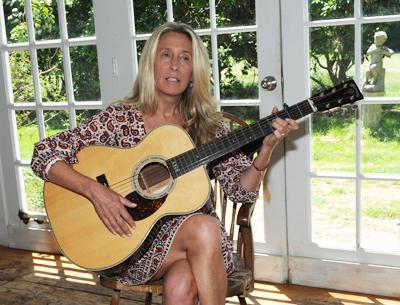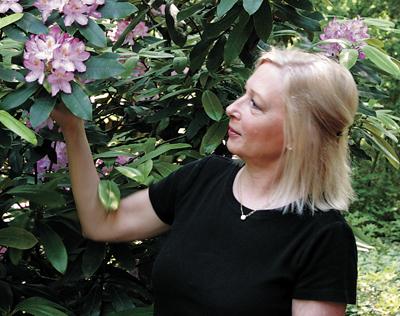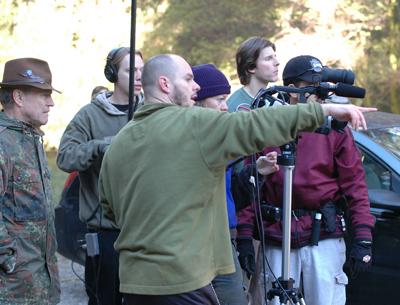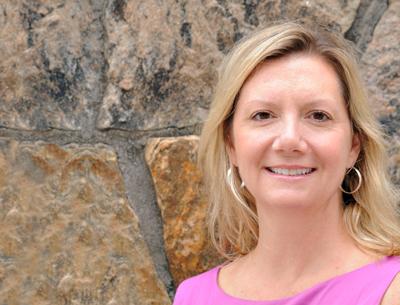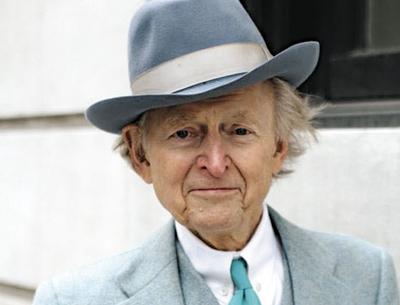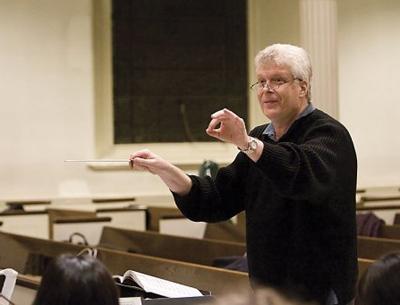Ludlam Comedy
Ludlam Comedy
Charles Ludlam’s “The Mystery of Irma Vep,” the second production in the Bay Street Theatre’s summer Mainstage season, will open on Tuesday under the direction of Kenneth Elliott. The play was first performed by Mr. Ludlam’s Ridiculous Theatrical Company and proved so popular that it ran until April 1986. A two-person comedy, it will star Tom Aulino and David Greenspan, a five-time Obie Award winner.
The play is a satire of several theatrical and film genres, in which the actors play eight different characters, both male and female, with over 35 costume changes. Gary Hygom, the producer, promises a funny show that will have “audiences crying with laughter.”
Tickets are $59.50 and $69.50, with subscriptions to all three Mainstage productions starting at $138. Tickets are available at the theater’s Web site and by telephone.
“A Funny Thing Happened on the Way to the Forum” is the final production in the series. Based on a book by Burt Shevelove and Larry Gelbart, it will be directed by Marcia Milgrom Dodge.

